We often see educators implementing STEAM in elementary and secondary programs. Over the last few years, we have slowly started to notice STEAM intentionally incorporated at the early childhood level. There are also many early childhood educators who are integrating STEAM practices into their programs and they don’t even realize it!
So, what exactly is STEAM? STEAM stands for Science, Technology, Engineering, Art, and Mathematics. On their website, the Institute for Arts Integration and STEAM states that “STEAM Education is an approach to learning that uses Science, Technology, Engineering, the Arts and Mathematics as access points for guiding student inquiry, dialogue, and critical thinking.”
Even knowing this definition, there are still many misconceptions about what STEAM is and what it looks in the early childhood classroom. STEAM can sound intimidating. You often hear people state that STEAM is for secondary or college level students only. Some educators feel like they have to be an expert in every area they teach; therefore, they cannot teach STEAM as they are not good at math, science, or engineering. Others think that incorporating STEAM means students spending more time on computers or doing science worksheets. Many teachers believe it’s an add-on program meaning it’s one more thing to do during an already packed school day. The truth is, they are probably already doing it, but just haven’t been calling it STEAM! Early childhood and STEAM approaches are entirely complementary.
To understand the full capacity of an integrated STEAM program, we must first understand the individual disciplines that comprise it.
Science
When we look at early childhood science standards, they fall into three categories: Physical, Life, and Earth and Space. In Physical Science, young children learn about cause-and-effect relationships in their day-to-day experiences and that objects have properties and characteristics. Life Science studies focus on the attributes and basic needs of living things. Earth and Space Science looks at the properties and characteristics of earth’s materials as well as movement of objects in the sky, events such as day and night, and patterns of weather and seasons.
Technology
Technology is not just about the typical tech tools that first come to mind like iPads, smartphones, or computers. Think of technology as a tool that is used to do something that you couldn’t do before. These tools range from basic items like crayons and scissors to simpler devices such as pulleys and gears to more complex inventions like computers and robots.
Engineering
Engineering is all about helping us understand how and why things work through using materials, designing, crafting, and building. It refers to recognizing problems and testing solutions. It applies Science, Art, Math, and Technology to solving problems critically. To solve engineering problems, engineers follow a series of steps called the Engineering Design Process. This process is the backbone of how students work through a problem. Putting the process in a simplistic form, it is about children asking questions, defining problems, developing and using modeling, analyzing and interpreting data, and optimizing the design solution. For example, children are engineering when they design and build with blocks and Magna-Tiles. They are solving structural problems when they are constructing a fort of pillows or a vehicle out of a cardboard box.
Art
Art usually makes us think of drawing or painting, but it includes so much more—namely, music, dance, dramatic play, and visual arts. In general, whatever the form of art, it is a way for children to creatively express themselves whether it be through song, movement, or an artistic creation. The beauty of incorporating art as part of STEAM is that many art forms integrate with science, math, and engineering concepts such as sound, vibration, and patterns in music or design elements in art.
Mathematics
Mathematics is the study of patterns and relationships among quantities, numbers, and shapes. Early childhood math standards usually include number and operations, patterns, functions, algebra, geometry and spatial sense, measurement, data analysis, and probability. All of these skills are developed at the foundational level to allow for students to build on these concepts in later years.
It is essential to understand that STEAM is not the separation of the five disciplines we just discussed, but rather the integration of them. Jobs in the real world are interdisciplinary. This means we need to teach our children how subjects work together. It is no longer really necessary for children to memorize facts as we have so many resources at our fingertips to access information. Therefore, education should be about learning how to think critically and evaluate information and about how to apply knowledge, research, and skills to problem-solve. Thus, skills need to be taught in an integrated way rather than the traditional approach of individual subject silos.
Let’s look at some concrete examples of appropriate early childhood STEAM activities you could do in your classroom or at home with children. First, STEAM activities can be about creating some type of challenge. For example, asking children to use a sheet of aluminum foil to create a boat to hold as many pennies as possible without sinking is both easy and fun. Children are planning, designing, and building boats that then need to be tested and perhaps modified. The activity can lead to great conversations about comparing the boats and analyzing the attributes that made them successfully stay afloat.
You could also connect your STEAM challenges to fairy tales. Using the story of the Three Little Pigs, you can have children design and create a house that will withstand the wolf’s huffing and puffing. You can give students a varied choice of home building materials and then use a fan or blow dryer when they are ready to test out their prototype. Again, this will get students designing and crafting to solve the problem posed by the Big Bad Wolf.
Providing our young children with high-quality STEAM experiences gives them opportunities to develop critical thinking, executive functioning, and problem-solving skills that cut across subject areas. By giving students these enjoyable and concrete experiences, we help them build a foundation for how they approach learning and thinking in the future. So, no need to be scared of STEAM when we see how easy it is to incorporate in our early childhood classrooms!
Jennifer Fernandez
Jennifer has over 30 years of experience in education. She has degrees in Elementary Education, Spanish, and Bilingual Education and holds teaching licenses in Texas and Minnesota. She has taught PreK-2nd grade in general and bilingual settings, served as a professional learning specialist for seven years, and currently presents at state and national conferences.
Read more by Jennifer Fernandez–>
Naomi Hartl
Naomi Hartl graduated from the University of Saskatchewan and started teaching in her home province of Saskatchewan, Canada. She has taught a variety of subject areas including biology, mathematics, health education, physical education, home economics, and career education. In 2015, she relocated to Oregon, USA, to work with School Specialty and has worked in curriculum development and writing with the company and is now the Science and STEM Subject Matter Expert. Working with School Specialty has allowed her to pursue her dream of making a difference in the lives of teachers and students by curating solutions to create safe, equitable, and successful learning programs.
Read more by Naomi Hartl–>

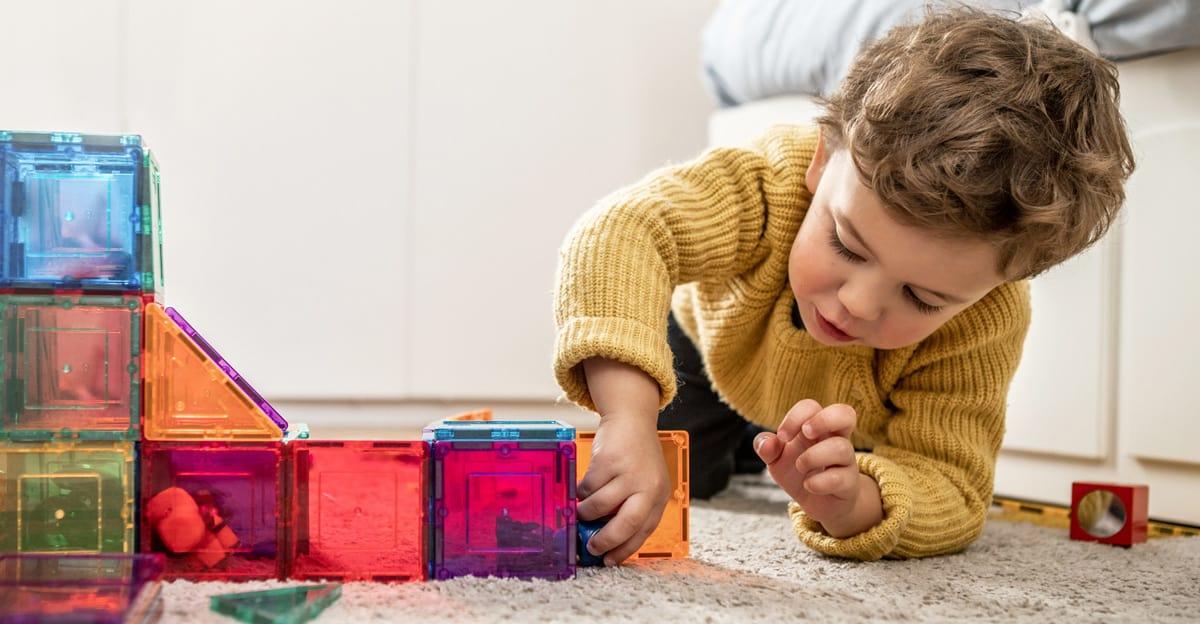
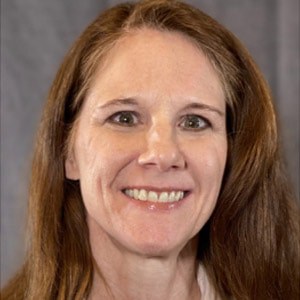
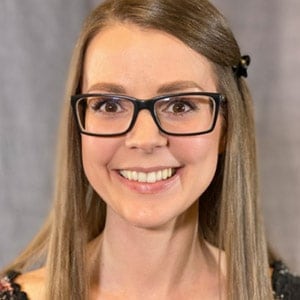

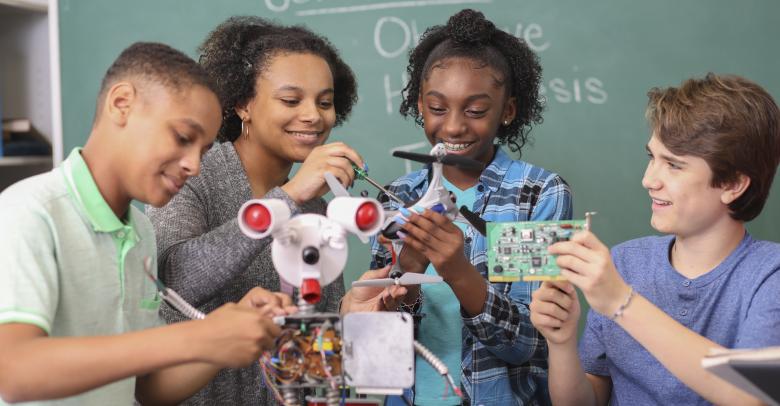
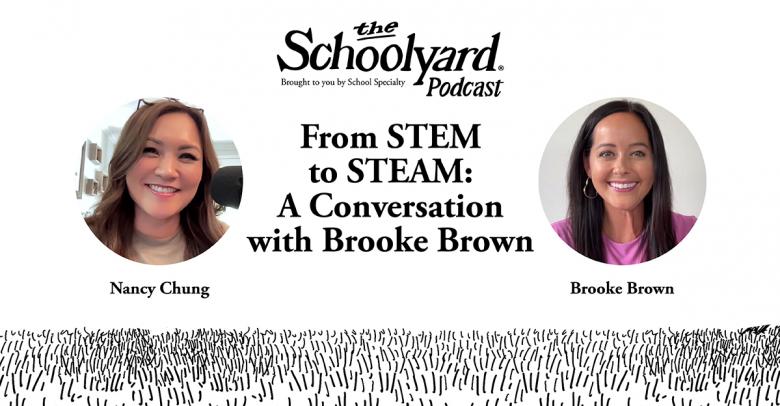
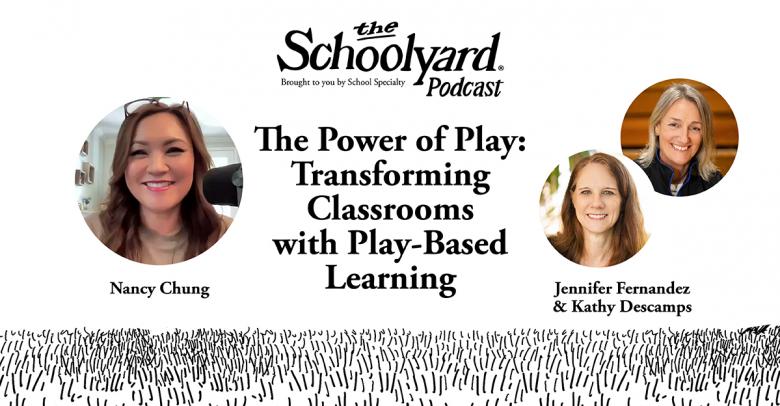
What an engaging and encouraging article! I really appreciated how you unpack what STEAM really looks like in early childhood classrooms, making it clear that this approach isn’t something intimidating or reserved for older students, but something many teachers are already doing in playful and meaningful ways. It was especially helpful to see how science, technology, engineering, art, and math (STEAM) can be woven together — not as separate subjects, but as interconnected experiences that build critical thinking, creativity, and problem‑solving skills in young children. The examples you share — like designing boats that float or building houses from fairy tales — are great reminders that STEAM can be hands‑on, fun, and rooted in children’s natural curiosity. Thanks for shedding light on how STEAM can enrich early learning and help educators feel confident and inspired to integrate it into their routines!